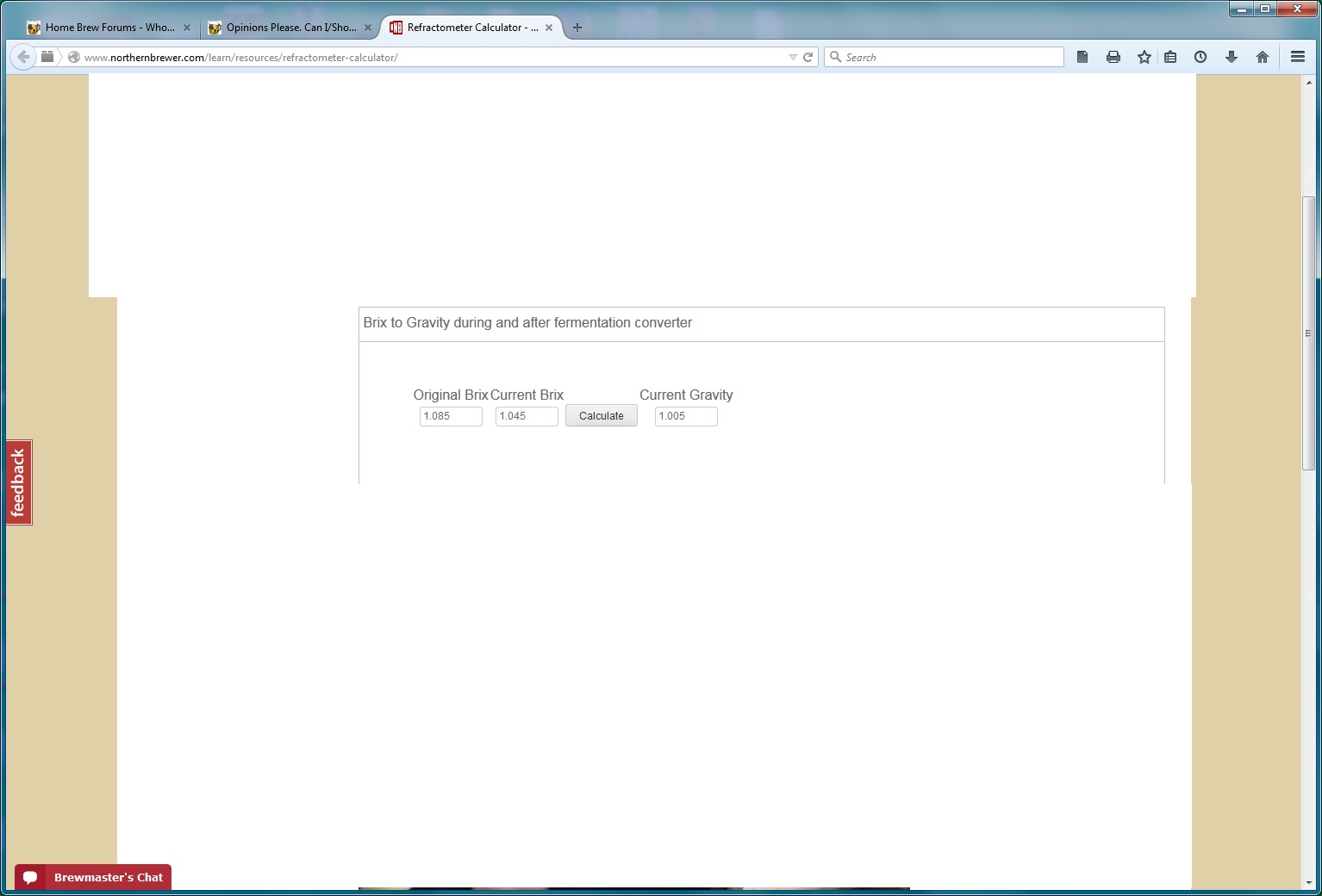You're in a tight spot for sure, primarily because it's already bottled and it's low carbonation.
Option:
There's a good chance there are lots of simple sugars remaining because of the late addition maple syrup and simplicity priming sugar. This, at least, give you the possibility of carbing up with some champagne yeast (perhaps too much if the yeast can consume a lot of the sugars and create bottle bombs). Carbonic acid plus reduction of gravity points will certainly bring out a better balance but will it be enough? I don't know.
Option:
Since the batch is an experiment anyway then you could very carefully pour all bottles back into a bucket with another yeast strain to see if you can get it to attenuate some more. The chances are slim on this option, IMO.
Option:
You could use this as a blending batch for something like a black and tan - the problem being that you're blended beer will lose some carbonation qualities due to the low carbonation of this beer. It would probably be worth blending with a fairly carbonated, bitter, and dry pale beer to counter-balance the sticky mess you're working with.
Option:
You could brew a smaller batch of beer YOU MEAN LIKE A GALLON? with the specific intentions of blending this beer with it in the primary fermenter. Brew the beer to be dry and with some extra bitterness using a high attenuating yeast (Belle Saison for example), and give yourself a couple extra gallons of space in the fermenter to add this beer to it. If you brew it very pale then you may aim for something like a brown saison. When primary is at it's peak then add almost half of your bottles to the fermenting batch, making sure to sterilize the lips of each bottle you add (a flame/lighter works great for this). The actively fermenting yeast will uptake any oxygen you add to the beer and the nature of Belle Saison will certainly attenuate a lot of your sugars in the bottled beer.
Being an experiment and relatively low cost of the last option (brown saison), I might opt for that choice. I think the resulting beer might actually work out well if you can keep contamination out of the fermenter which just means you need to be diligent when adding the bottled beer to the batch. Flame the lips of the bottles and don't but the entire bottle over the fermenter - just the lip.






